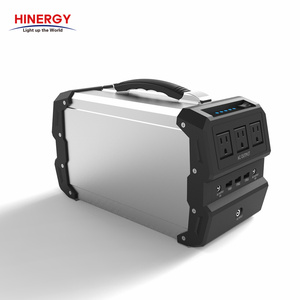Introduction to Stirling Engine Generator
The Stirling engine generator is a fascinating and efficient power-generating device that employs the Stirling cycle, a thermodynamic process that converts heat energy into mechanical work. This revolutionary technology is widely recognized for its potential in renewable energy production, as it harnesses various heat sources ranging from solar to waste heat. Unlike conventional combustion engines, Stirling engines operate more smoothly and produce fewer emissions, making them an eco-friendly choice for generating electricity.
Types of Stirling Engine Generators
Stirling engine generators come in several types, each designed to cater to specific energy needs and applications. Understanding these variations is crucial when selecting the right system for your requirements.
- Alpha Type: This design features two power pistons and is highly efficient but tends to be more complex and less suitable for low-power applications.
- Beta Type: The beta Stirling engine has a simpler casing with a single piston and a regenerator, making it ideal for small-scale applications.
- Gamma Type: Combining elements from both alpha and beta types, the gamma engine uses an external heat source, offering versatility in Installation and fuel options.
- Free Piston Stirling Engine: This design eliminates the need for a crankshaft, making it simpler and suitable for high-temperature applications.
Applications of Stirling Engine Generators
The versatility of Stirling engine generators suits a wide range of applications across different industries.
- Renewable Energy: Commonly used in solar power applications, Stirling engines can harness solar thermal energy to produce electricity.
- Combined Heat and Power (CHP): Effective in residential and commercial settings, these generators can simultaneously produce heat and electricity, maximizing efficiency.
- Remote Power Generation: Their low noise and emission levels make Stirling engines ideal for remote locations where traditional generators might not be feasible.
- Mechanical Drives: Beyond electricity generation, these engines can also be used to drive machinery, including compressors and pumps in industrial applications.
Advantages of Stirling Engine Generators
The advantages of incorporating a Stirling engine generator into your energy system are compelling and numerous.
- High Efficiency: Stirling engines can achieve higher efficiencies compared to conventional combustion engines, especially at varying loads.
- Low Emissions: Operating on external heat sources allows for cleaner combustion, significantly reducing pollutants and greenhouse gases.
- Durability: With fewer moving parts and minimal maintenance needs, Stirling engines tend to have longer lifespans and lower operating costs.
- Fuel Flexibility: These generators can utilize various heat sources, including solar, biomass, and waste heat, contributing to a more sustainable energy ecosystem.


























































































































































































































